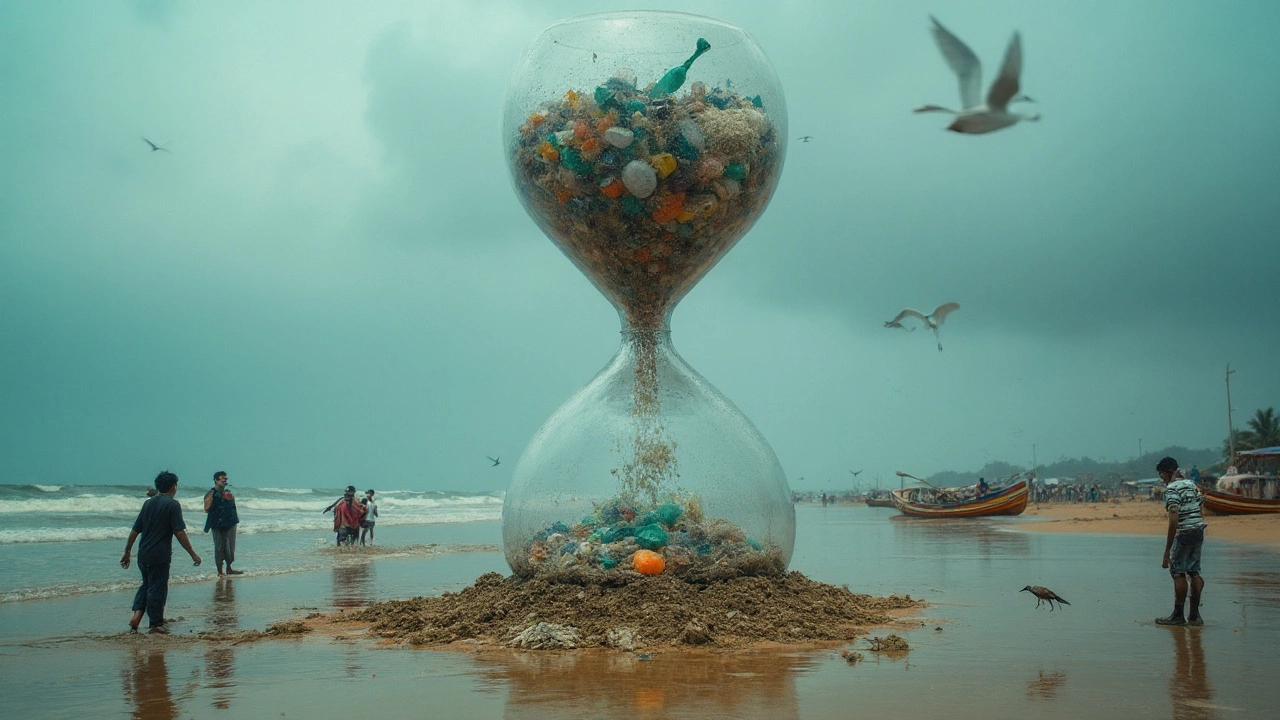Biodegradable Plastics vs Compostable: What’s the Real Difference?
Ever grabbed a bag and wondered if it’s truly eco‑friendly? Most of us see words like “biodegradable” or “compostable” and assume they’re the same. The truth is a bit messier, but not hard to get. Knowing the difference helps you pick the right product and avoids green‑washing.
How Biodegradable Plastics Work
Biodegradable plastics are made from materials that microbes can break down. They usually contain a mix of plant‑based polymers and sometimes a little fossil‑based plastic. When tossed into a landfill, they’ll slowly degrade, but the speed depends on temperature, oxygen, and moisture. In a warm, moist environment, they might vanish in a few months; in a dry landfill, they could linger for years.
One common type is PLA (polylactic acid), derived from corn starch. It turns into water and carbon dioxide when it degrades, but only under industrial composting conditions—high heat and humidity. If you toss PLA into a regular trash bin, it behaves like regular plastic.
What Makes Compostable Plastics Different
Compostable plastics are a stricter breed. They must meet specific standards (like ASTM D6400 or EN 13432) that guarantee they’ll break down into compost within a set time—usually 90 days—in a commercial composting facility. The end product is rich, soil‑like material that can improve plant growth.
Because they’re engineered for composting, these plastics often contain less fossil content and more natural polymers. If you see a certified compostable logo, you can feel confident that the item will return to the earth—provided it ends up in the right compost system.
Putting a compostable bag in your backyard pile might not work well. Home compost bins rarely reach the temperatures needed, so the bag could sit there unchanged. The key is to know where the local facilities are and use the right disposal stream.
So, which should you choose? If you have easy access to an industrial composting site, go for certified compostable products. They close the loop neatly. If not, look for biodegradable items that break down in natural settings, but still aim to keep waste out of landfills whenever possible.
Remember, the best move is to reduce plastic use altogether. Reusable bags, glass containers, and metal bottles cut down on both biodegradable and compostable waste. When you do need a single‑use option, check the label, know your local disposal options, and pick the material that actually serves the environment.
Bottom line: biodegradable means it can break down, but not necessarily fast or safely. Compostable means it will turn into safe compost if you send it to the right facility. Understanding this split helps you make smarter, greener choices.
